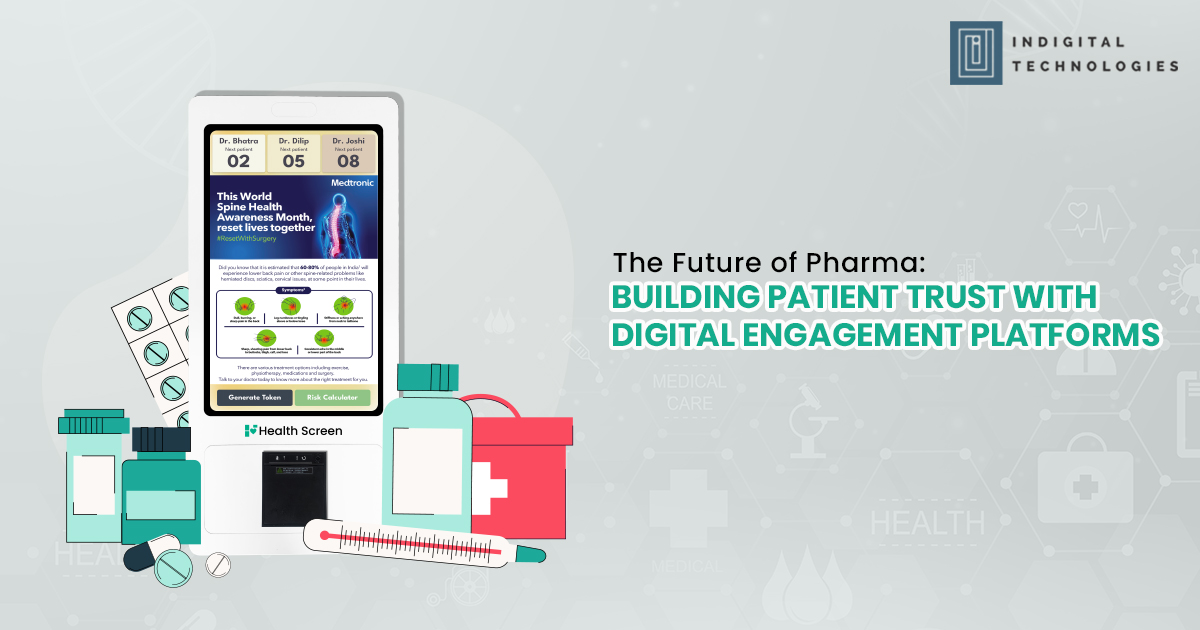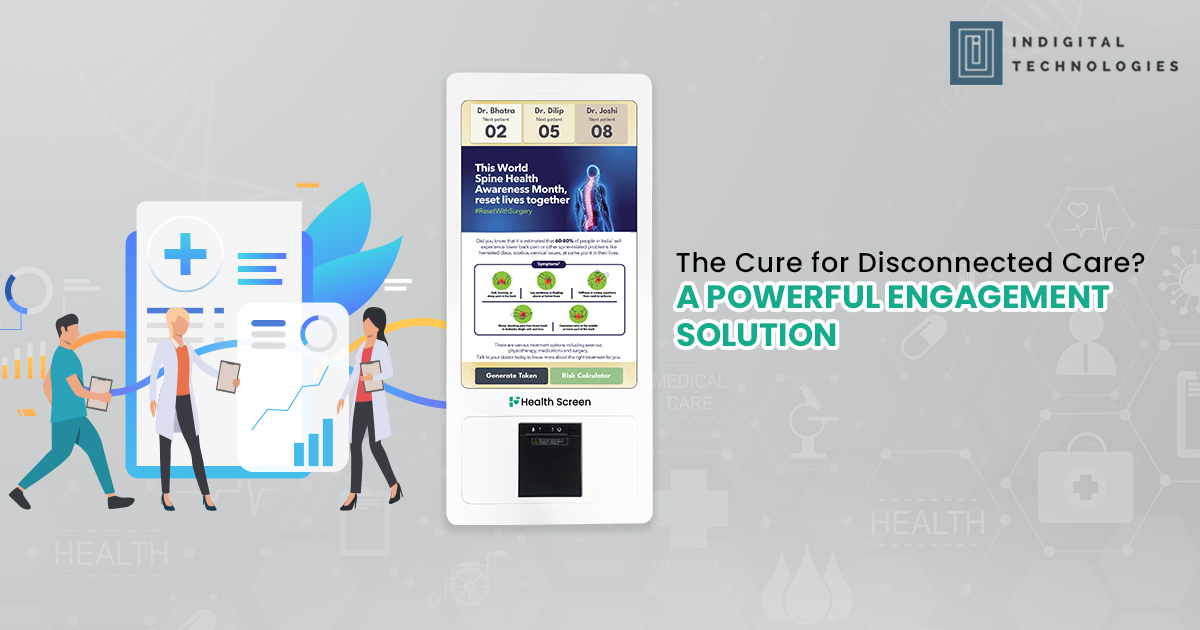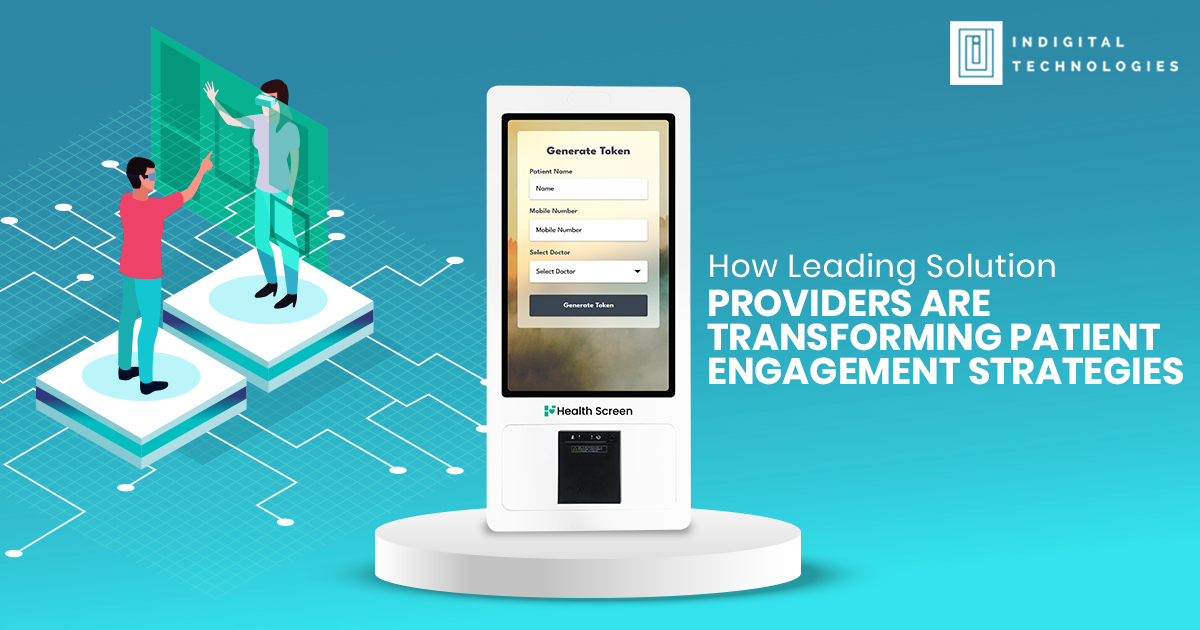We often talk about listening to patients—but in reality, many clinical interactions still feel one-sided. Long waits, rushed consultations, forgotten instructions. While medical treatment may be spot on, patient communication often falls short.
In this new era, the tools that stand out are not just high-tech—they’re high-touch. They don’t just talk to patients; they listen, respond, and guide. And that’s where the most innovative engagement technologies are quietly transforming Indian clinics.
1. Listening Begins in the Waiting Room
Before a single word is spoken, patients form impressions—based on how long they wait, how they’re called in, and how they’re informed. The most effective clinics today use digital systems that assign tokens, estimate wait times, and display real-time updates.
These systems don’t just manage queues—they reduce anxiety. Patients feel acknowledged. Seen. Heard. And that’s the first step in delivering care that communicates.
2. Smart Tools That Understand Patient Needs
Modern engagement platforms are no longer passive. They include risk prediction modules that ask patients basic questions and then flag potential concerns—be it a high cardiovascular risk or symptoms needing urgent attention.
These tools “listen” silently, processing patient data in seconds. The result? A more informed doctor, a better-prepared patient, and a consultation that’s focused from the start.
3. Speak in the Patient’s Language—Literally
Patients often struggle to understand their diagnosis or treatment plan—especially in regional or rural settings. Today’s tech solutions counter this by offering multilingual visual explainers, animated health videos, and region-specific educational content.
This bridges a gap that’s long been ignored: language and literacy barriers. When patients understand, they comply. And when they comply, care succeeds.
4. After the Visit: Engagement Doesn’t Stop
What happens after a patient walks out of the consultation room? Do they remember everything they were told? Are they following instructions correctly?
Engagement platforms that provide post-visit follow-ups via WhatsApp, SMS, or email are now gaining ground. Patients receive reminders, instructional content, and check-in messages—automatically.
These little “listening moments” create big trust.
5. A Win for Doctors, Too
These systems don’t just benefit patients. For doctors, they offer:
- Streamlined patient flow
- Reduced time explaining repetitive instructions
- More focused consultations
- Fewer missed follow-ups
The most successful clinics aren’t just healing patients—they’re building relationships through smart, silent communication powered by technology.
6. Pharma’s Role in Shaping These Interactions
Pharma teams that support such engagement tools gain more than brand visibility—they gain credibility. By co-developing tools that educate, inform, and follow up with patients, brands become part of the care story, not just a name on a box.
In-clinic education screens, branded explainer content, or disease-specific guides are examples of how brands can “talk and listen” without being intrusive.
7. It’s Not About Flashy Tech—It’s About Thoughtful Touchpoints
The real magic happens not with gadgets, but with thoughtfully designed patient journeys. A token display that plays condition-based tips. A screen that explains diabetes in a grandmother’s dialect. A soft chime before a patient’s turn. Each moment matters.
And when stitched together, these moments form a system that speaks human, not just digital.
Conclusion: Talk Less. Listen More. Engage Better.
In healthcare, what we say is important—but how we listen is transformational. The best patient engagement platforms today are quiet listeners, smart guides, and powerful allies for doctors.
They reduce chaos. Increase clarity. And make every visit feel more personal—even in the busiest clinics.
For clinics and pharma leaders looking to leave a lasting impact, the answer may not lie in speaking louder—but in choosing technology that listens.




